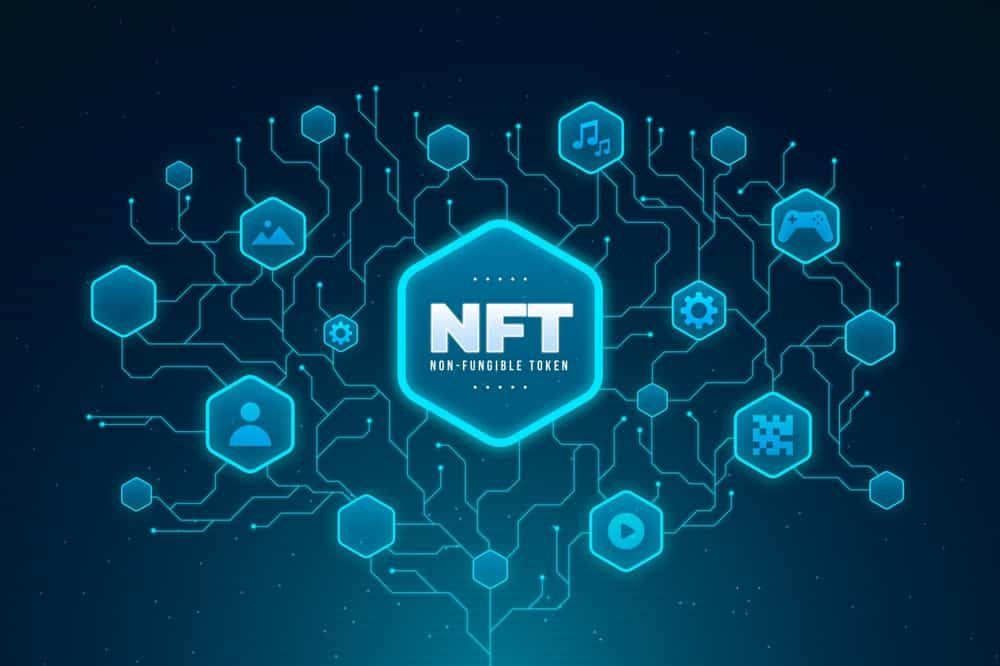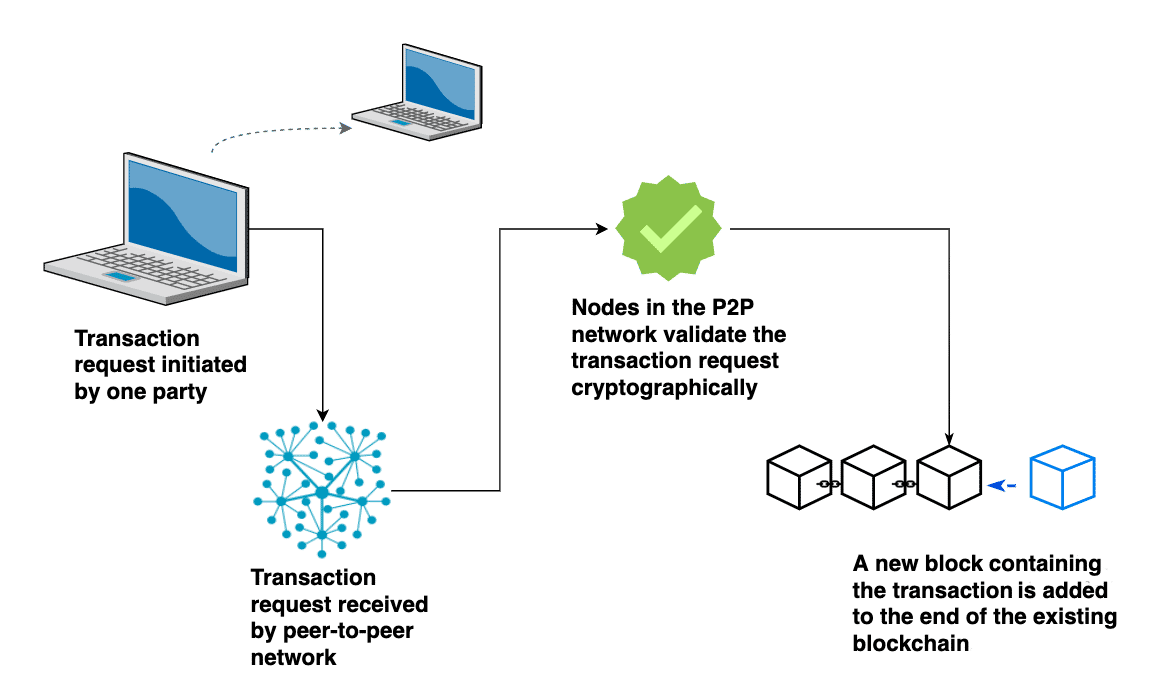How Blockchain and NFTs are Transforming the Contemporary Art Scene
By Terrain.art | Jul 19 2021 · 4 min read
The post-pandemic world has undergone reorientation and the way we do a lot of things has also changed significantly — so has the way art is consumed and sold. The rise of online virtual rooms, 3D models of exhibitions, and most recently NFTs have contributed greatly in evolving the way art is being experienced today.
The post-pandemic world has undergone reorientation and the way we do a lot of things has also changed significantly — so has the way art is consumed and sold. The rise of online virtual rooms, 3D models of exhibitions, and most recently NFTs have contributed greatly in evolving the way art is being experienced today. The record-breaking NFT sale of digital artwork titled Everydays: the first 5000 days by artist Mike Winkelmann, who goes by the moniker Beeple, at a Christie’s auction in March this year for a whopping sum of $69 million took many in the mainstream art world by surprise. In the burgeoning digital art space, Winkelmann became an overnight success story. He also became the third highest-paid living artist ever, joining ranks with the likes of Jeff Koons and David Hockney. And the sale created a furore in the NFT space, which is still in its nascent stages.
Many in the art world still perceive the NFT boom as ephemeral. But there is no denying that digital art and NFTs, even for traditional arts, have immense potential and might capture a significant chunk of art transactions in the future. Digital innovation and cutting-edge technologies are aiding both visual artists and galleries. Making artwork is no longer a solitary business for some artists at least. In the past decade or so, a great many artists have begun using technology and artificial intelligence for their artistic expressions. And, in many ways, technologies adopted by museums, galleries, and innovative art platforms have enhanced the impact and reach of art.


The rise of NFTs has transformed the way art is consumed and sold. Source: Freepik


Technology is significantly aiding artists with their artistic expressions. Source: Freepik
Art+Technology
The advent of online viewing rooms and unique virtual interfaces after the outbreak of coronavirus has revolutionised the way art is consumed by making art accessible from around the world. Many of the world’s leading art galleries now host virtual shows, tours, and interactive exhibitions. This has helped both artists and galleries in keeping their sail adrift during these unprecedented times. One can now explore over 2,000 museums and 100,000 artworks from the comfort of one’s home on Google Art and Culture, which also features a virtual tour at Museum of Modern Art, USA that features several masterpieces, including Vincent van Gogh’s The Starry Night and Portrait of the Postman, Paul Gauguin’s The Seed of Areoi, Paul Cezanne’s Still Life with Apples, Henri Rousseau’s The Dream among others. Even the Louvre is hosting its first virtual reality project called Mona Lisa: Beyond the Glass — an eight-minute VR experience created by Frank and Vincent Delieuvin as part of the landmark 2020 show on Leonardo da Vinci. The VR project enables viewers to engage with da Vinci’s Mona Lisa and sheds light on previously unnoticed aspects of the masterpiece like its background. The project also explains various techniques employed by the artist in finishing the painting.
Blockchain for Art
Blockchain technology’s foray into the art world has the potential to reshape the way art is sold and bought. Blockchain — a digital ledger technology (DLT) — was developed more than a decade back mainly to record digital transactions. It has now evolved into digital public ledgers that store the information of all transactions taking place on the network — making digital ownership and transfer (through reselling) of assets and artworks a transparent and hassle-free process. It does help that blockchain technology has not been hacked till date. Through NFTs or non-fungible tokens, artists and art collectors can easily secure their digital and traditional artworks. Many galleries have already begun selling NFTs of artworks. This ensures a secure transfer of ownership as every transaction is marked on the network at the time of sale. Plus, NFTs can help certify artworks and curb the menace of fakes plaguing the art world.


The sequence of activities that take place on a blockchain network at the time of a transaction.
The Future of NFTs
Apart from democratising the system of trading artworks, NFTs have enabled something which was unheard of in the domain of arts in India — royalties. An NFT enables an artist to get an agreed percentage of royalties every time their work is resold and would also ensure a secure provenance record. This new provision may give creative support to emerging artists and help established artists and their families secure their legacy. The legal framework around NFTs is still in the works in India. Once the legislation around it is in place, NFTs might become a standard for a large chunk of art transactions in the future. However, this does not mean that artists need not register for copyrights of their artistic properties as NFTs cannot fully protect the artworks in case artists decide to fight legal battles against counterfeiters. That said, NFTs would significantly help protect the legacy of artists whilst curbing counterfeiting.


